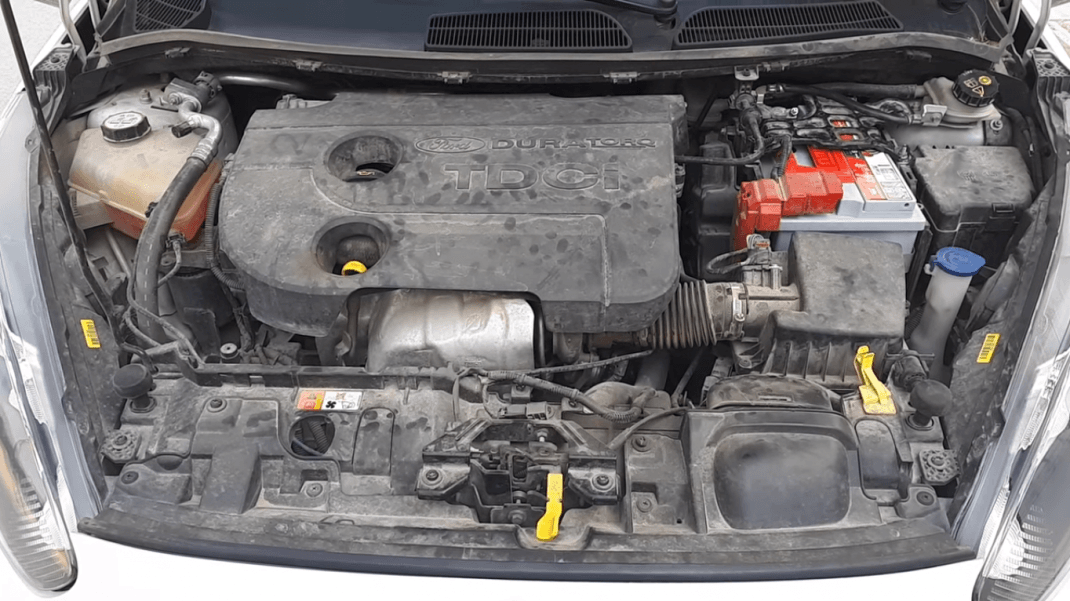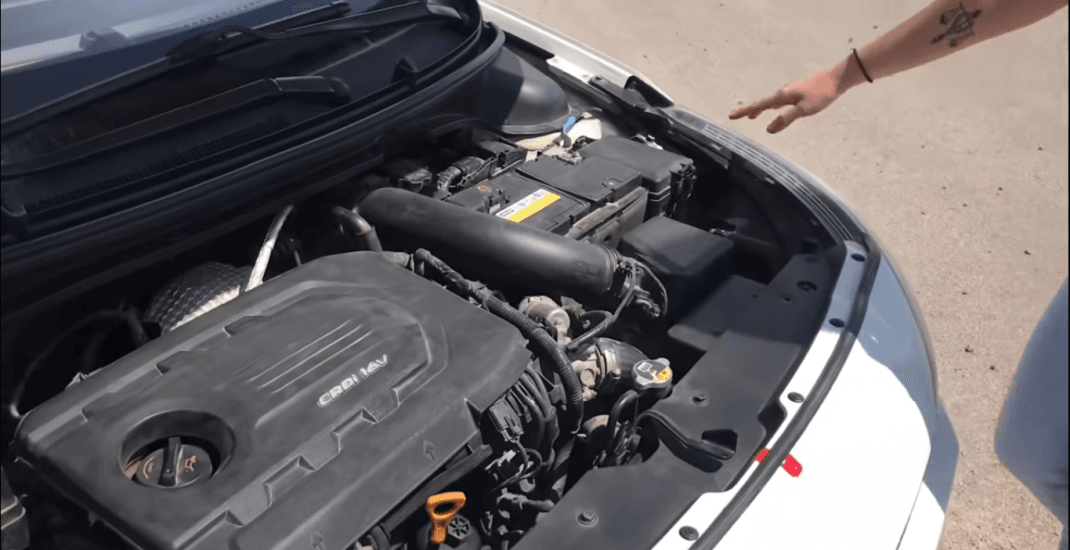Vehicle drivers usually seek answers and make an effort to find the reasons for reducing the radiator water. So why does the radiator water decrease and what are the reasons? In this article, why does the radiator water decrease for you? We have prepared an explanatory article as an answer to the question. Come on, why is the radiator water getting low? Let’s go through the question step by step together.
There are two types of water leaks that can cause radiator water shortage. One of them is hidden water leakage that may occur in the engine compartment and they appear in the external cooling system.
Contents
Where Does Water Leak Occur?
These external leaks can appear at any point in your vehicle’s cooling system. At the point of detection, it is detected at a rate of 90%. The easiest detection of the leak is the symptoms such as dripping, spraying, leaking and bubbling in the area where the malfunction occurs. The most obvious symptom that will occur in your vehicle will be the overheating of your vehicle’s engine. Accordingly, the needle will rise in the temperature indicator on the instrument panels.

However, if your vehicle has an “Engine Coolant” warning lamp, the ECU warns and warns the driver by illuminating this light. If you suspect that there is a water leak in your car, first open the engine hood and check thoroughly for signs of fluid leakage in the engine, radiator or hoses. If you observe liquid leakage in these areas we have mentioned, the coolant color may be green, yellow or orange depending on the type of antifreeze in your vehicle. It also emits a pleasant odor, which is due to the characteristic odor of the Ethylene-glycol antifreeze substance.
Circulation Pump Leaks
If we continue to answer the question of why the radiator water is reduced, another factor is the wear and tear that will occur on the circulation pump shaft, and if it is worn, the problem that will occur as a result will be the leakage of the coolant. However, water leakage occurs from the ventilation hole located just below the circulation pump shaft. The circulation pump is a two-piece unit with a backing plate. Accordingly, the gasket between the body and the rear cover may be leaking water. It is among the factors that may cause water leakage as a result of a malfunction in the mechanism inside the pump.
Detecting the malfunctions that may occur in your vehicle beforehand and replacing the wearing parts before they fail will save you from great expenses. One of them is the circulation pump and it needs to be replaced at regular intervals before it fails. The frequency of its replacement can be considered equivalent to the timing belt replacement interval of your vehicle. If your vehicle’s circulation pump fails, it can cause severe damage to many points of your engine
Water Radiator Leaks
Another answer to the question of why the radiator water is reduced is that due to the vibrations and jolts in your radiator, it will cause looseness in the connection points of the lower and upper hoses. For this reason, water leaks can be seen in these areas. At the point of eliminating this problem, the slack in the clamps at the points where the hoses are connected is tightened and the problem disappears. Leaks can also be seen in the radiator cap, drain or faucet plug. Another situation that can cause a problem may occur in the plates on your radiator as a result of hitting a stone while you are in the driving position, and you should check them as well.
The cooling systems in the vehicles are generally made to operate at 8 to 14 psi. If the radiator fails to hold pressure, your engine will overheat, causing the loss of cooling fluid.
Hose Leaks
As a result of cracks, splits or holes in your radiator or hot water hoses, it also causes a decrease in the coolant and leaks. In such cases, it is generally seen as a hot water spray. Corroded, loose or damaged clamps will cause water leakage in the hose. These leaks can sometimes be seen when your vehicle is warming up, and you can tighten them by hand at the point of detecting whether there is a problem in the hoses.
Block Plugs (Freeze Plugs)
Block plugs are cast plugs or expansion plugs located on the side of the block and cylinder block in your vehicle’s engine. The function of these parts is to evacuate the water in order to prevent your block from cracking in case of freezing that may occur in your engine. Leakage may occur as a result of wear and corrosion in these parts over time, and it must be changed periodically to avoid this situation. Changing the plugs in the engine block is provided very easily. But the plugs on the top cover are at the back of the block. Therefore, it cannot be changed without removing the top cover. Therefore, in these regions it It is difficult to see the water leaks that will occur. In V6 and V8 blocks, the plugs are easily checked under the vehicle.
Heater Core Leaks
The heater core is located inside the heating, ventilation and air conditioning unit (HVAC). If there is a problem with the heater core, then it can be seen that water is dripping from the bottom of the glove box to the top of the mat. In such leaks, there will be condensation on the windows of your vehicle.
Manifold Gasket Leaks
In vehicles with a fuel injection system, the intake manifold is a part that supplies air to the cylinders of your vehicle. The gasket in this part serves to prevent air leakage. Likewise, it also plays a role in preventing the leakage of oil and coolant from the engine block. As every piece wears out, this piece wears out over time and loses its functionality. If you have observed that there are abrasions, tears and splits in this part, it must be replaced.
Cylinder head gasket
The cause of internal leaks is mostly caused by the cylinder head gasket. Damage to the gasket is caused by the overheating of the vehicle. As a result of the engine overheating, thermal expansion causes problems such as crushing of the cylinder gasket. Likewise, the gasket becomes unusable due to problems such as wear and splitting over time. In such a case, the gasket loses its functionality and causes water to mix with the cylinder block as it cannot do its job.
If you suspect such a situation, you can have a pressure test done. Another step you can take is to connect the radiator or the expansion chamber and perform the CO2 test. Blue liquid is used in the application of this test. If there is a leak in your vehicle, as a result of the chemical reaction, the blue liquid turns into green.

If you want to perform this test yourself, first check your vehicle’s oil. After the water and oil mix, symptoms such as a change in the color of your oil and foaming occur. Also, when you pull the dipstick, the level appears to increase from the normal dipstick line. Depending on these, it throws white smoke from the exhaust of your vehicle. If you have been faced with such situations, your cylinder gasket needs to be changed.
Cylinder Block Cracking
Water leaks may occur after a crack in your cylinder or engine block. Coolant leaks into the cylinders through the crack formed on the cylinder block. This situation causes damage to your pistons and rings as a result of thinning of the oil. If there is antifreeze in the water, it may damage the oxygen sensor and catalytic converter. In order to detect such leaks, you need to have a pressure test done.




